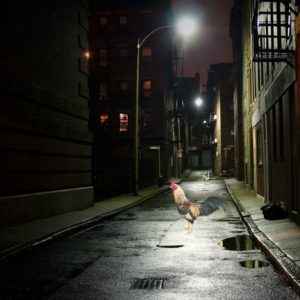
- bird flu, H5N1, HPAI
HPAI prevention methods and biosecurityMerck Veterinary Manual defines biosecurity as ”the implementation of measures that reduce the risk of the introduction and spread of disease agents [pathogens].” protocols in a simple bulleted checklist format.
- bird flu, H5N1, HPAI
HPAI prevention methods and biosecurity protocols in a simple bulleted checklist format.

























